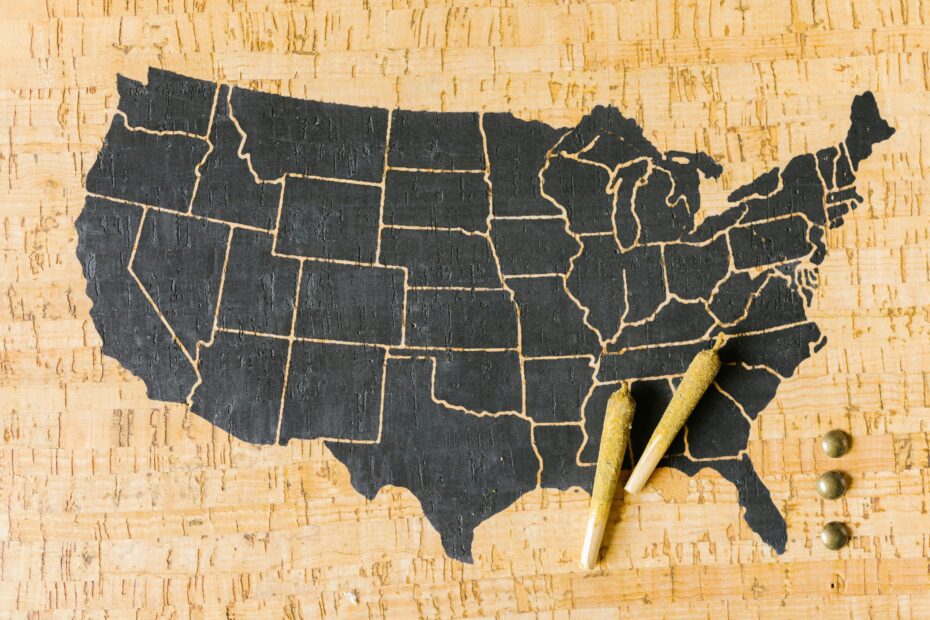Report: States with the Highest Percentage of Homeownership and Correlation with Income Levels
Home ownership rates across the United States vary significantly, influenced by numerous factors including income levels, cost of living, housing market conditions, and state-specific policies. Recent reports highlight an intriguing correlation between lower income levels and higher homeownership rates in certain states.
States with the Highest Homeownership Rates
West Virginia
- Homeownership Rate: 74.8%
- Reasons:
- Low median home prices
- Rural setting with a lower cost of living
- Strong sense of community and cultural preference for owning homes
New Hampshire
- Homeownership Rate: 72.2%
- Reasons:
- Higher median incomes compared to national average
- Favorable state policies for homebuyers
- Low property taxes relative to income
Minnesota
- Homeownership Rate: 71.6%
- Reasons:
- Affordable housing markets
- High quality of life and strong economy
- State programs supporting first-time homebuyers
Maine
- Homeownership Rate: 71.5%
- Reasons:
- Affordable housing options in rural areas
- Cultural emphasis on homeownership
- Lower population density reducing competition for homes
Iowa
- Homeownership Rate: 71.4%
- Reasons:
- Low housing costs
- Strong agricultural economy supporting stable incomes
- State incentives for homebuyers
Correlation Between Income Levels and Homeownership
Recent studies have shown that states with lower median incomes can still exhibit high homeownership rates. This phenomenon can be attributed to several key factors:
Affordability of Homes:
- States with lower median incomes often have lower property values, making home ownership more accessible to a larger portion of the population. This is true for West Virginia, Mississippi, Delaware, Maine and Wyoming.
- Whereas States where home ownership is the lowest have the highest median incomes. NY at 50th, CA at 49th, Nevada at 48th, Hawaii at 47 and Massachusetts at 46, rounding out the least affordable states.
Cost of Living:
- A lower overall cost of living in these states reduces the financial burden on households, allowing them to allocate more resources towards purchasing homes.
State Policies:
- Some states provide robust support programs for homebuyers, including tax incentives, down payment assistance, and favorable loan conditions, which can boost homeownership rates despite lower incomes.
Cultural and Demographic Factors:
- In some regions, there is a strong cultural preference for owning homes, which can drive higher homeownership rates regardless of income levels.
Economic Structure:
- States with stable but lower-paying industries, such as agriculture or manufacturing, may see higher homeownership rates due to the stability of employment and community-oriented lifestyles.
The correlation between lower income levels and higher homeownership rates highlights the complexity of the housing market in the United States. While high income is typically associated with greater access to homeownership, affordability, cost of living, and supportive state policies can significantly influence homeownership rates, even in lower-income states. Understanding these dynamics is crucial for policymakers and real estate professionals aiming to promote homeownership across diverse economic landscapes.
This report offers a snapshot of the factors influencing homeownership rates in different states and underscores the importance of considering a broad range of economic and social variables in the housing market. My best suggestion is to consult with a Real Estate Broker in your area about what it takes to become a homeowner near you or contact me directly at support@lysster.com.
